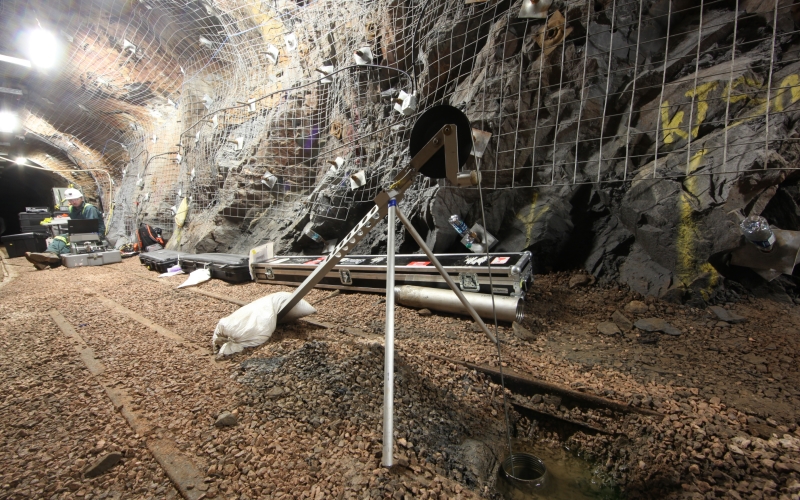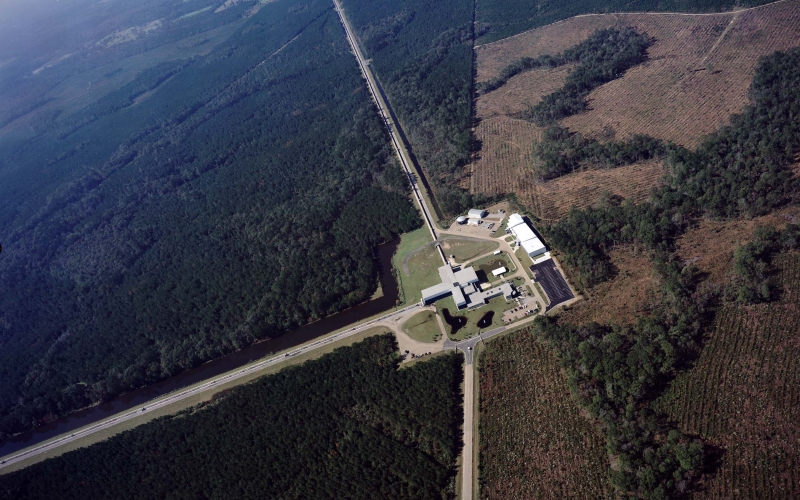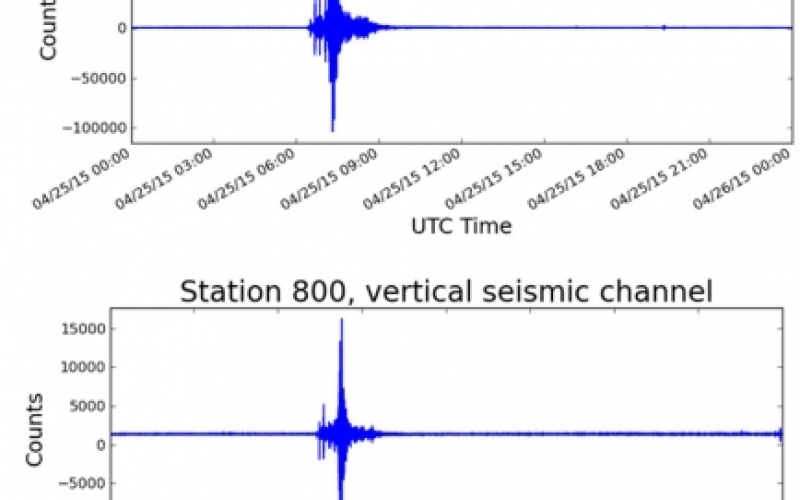1,315
Miles of core drilled from 1918 to 2001.
If you lined up all the core drilled by the Homestake Mining Company between 1918 and 2001, it would stretch from Lead, S.D. to the southern most border of Mexico and the United States. Sanford Lab engineers use core samples to help them better understand the rock.
875,000
Tons of rock that will be excavated for DUNE
Engineers need to create three massive caverns to house the Deep Underground Neutrino Experiment, which will be built on the 4850 Level of Sanford Lab.






